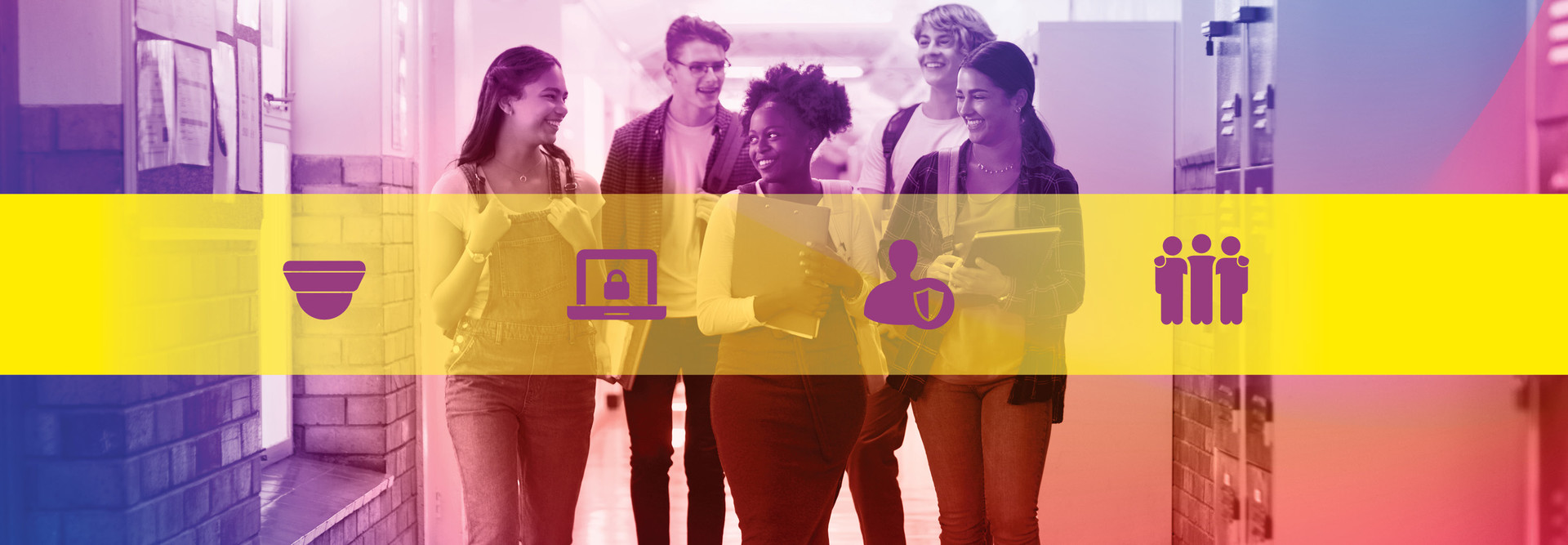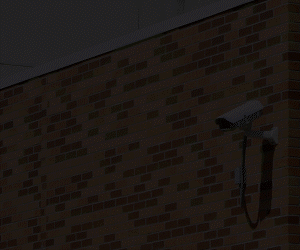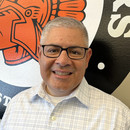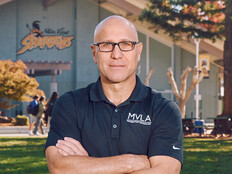“Cameras are so important. There are no dead spots in the hallways. We make sure that everything is covered, and we have to move fast nowadays. If there’s a threat, the school or security staff has to be ready to follow a target and provide that information to the police,” says Art Delgadillo, director of security for McHenry Community High School in Illinois. “The cameras we use are NUUO and Verkada.”
When it comes to physical security, securing the perimeter to prevent unwanted access to the buildings is key. “If you can contain the person from going into the school, you’re way ahead of the game,” Delgadillo says.
Even when complete prevention isn’t attainable, physical security tools can slow a person down. “Safety film is not like bulletproof glass, but it buys time, and time in law enforcement is everything,” says Tim Burke, director of safety and security for Wauconda Community Unit School District in Illinois. “If it takes anywhere between two and six minutes to get into the building, those are two to six minutes that teachers have to lock down staff and students. It gives first responders that much more time to get to the scene.”
READ THE REVIEW: Camera offers easy setup and powerful analytics.
How Are Schools Upgrading Physical Security Technologies?
School districts are upgrading their physical security technologies by prioritizing the most important and most financially feasible changes.
“Every district would say budget is a challenge,” Stevens says. “There are always a lot of projects. One thing I encourage districts to look at is how can you build that into your long-term plans.”
At Lake Zurich CUSD, building physical security upgrades into long-term planning includes installing window film where possible and ensuring that any new exterior doors or windows already have the film in place. The district is also looking at doors that lock from the inside and out as it makes any replacements or renovations.
The security and technology teams at Wauconda CUSD are using time over the summer to make their upgrades. “We do have additional cameras being put on the outside of all of our buildings. Currently, only the high school has outdoor cameras,” Burke says.
Stevens notes that there are also free upgrades the district has made to better protect staff and students. “We use a visitor management system, and we had to do a massive upgrade to that because we were about two versions behind,” she says. “That was a simple upgrade. It was free. It just took time.”
LEARN MORE: Legacy technology and systems open the door for cybercriminals.
What Does Prevention Include in Terms of K–12 Safety?
Prevention includes technologies that help school districts communicate. This comprises all types of communication, including communication within the district, with parents and the community, and with emergency responders.
“We have the police over to walk through, to make sure the officers know all the buildings inside and out, including officers in the neighboring community because they will be one of the first responders to show up,” Burke says.













